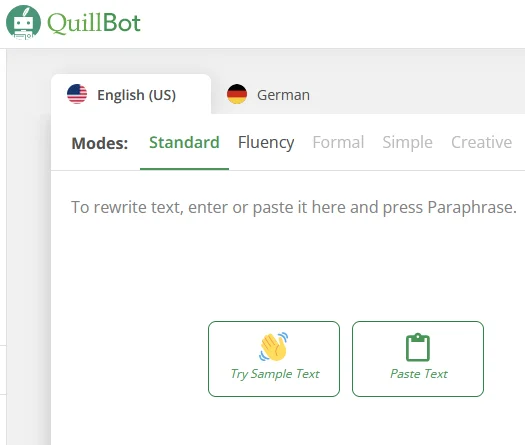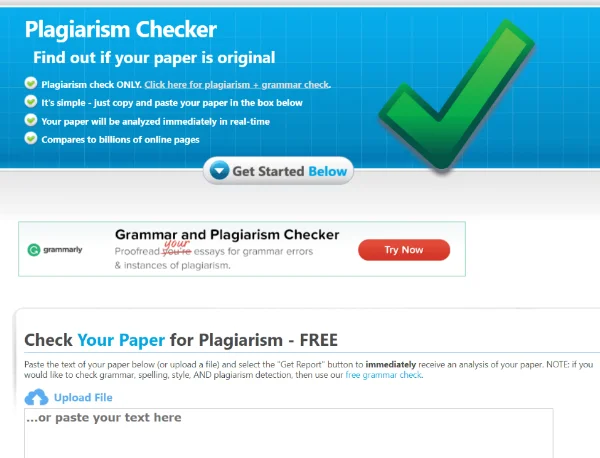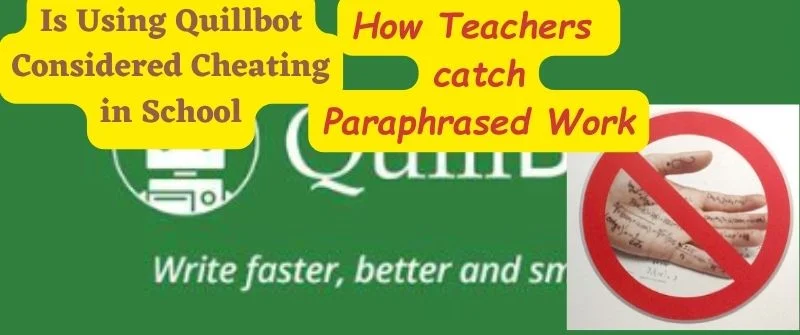Continuous debate exists about whether employing paraphrasing programs like Quillbot is considered cheating due to their widespread use.
Donald McCabe of Rutgers University performed a study of approximately 63,700 US undergraduate and 9,250 graduate students over the period of three years. The result was that many students paraphrase or copy a few phrases from an online source without providing a footnote.
Teachers can also catch students using paraphrasing tools by getting to know their writing styles, checking for plagiarism, and probing questions during oral exams, among other methods.
This essay will examine how paraphrasing tools are used in academia and how teachers might adopt them.
Is Using Quillbot Considered Cheating in School?
It is debatable whether or not Quillbot should be used in schools. While these technologies might speed up students’ content creation, they also risk encouraging academic dishonesty.

Using such technologies to create work that is not one’s own is considered cheating and exhibited as original work.
Furthermore, paraphrasing tools could not result in high-quality work because they might miss the subtleties and complexities of the original text.
Therefore, rather than relying only on automated programs, students must cultivate their writing abilities and master efficient paraphrasing strategies.
The choice to use paraphrasing tools ultimately rests with the individual student, but they should be informed of the dangers and repercussions of academic dishonesty.
Can you get Caught Using Quillbot?
Quillbot and other tools for paraphrasing can be useful in creating material, but they are not a perfect way to prevent copying.
Yes, teachers can catch you if you are using Quillbot or any other paraphrase tool. Teachers and professors are skilled at spotting plagiarism, and they can quickly tell if a student employed a paraphrasing tool to finish their assignment.
Furthermore, by comparing the submitted work with internet sources, plagiarism detectors like Turnitin can identify the use of paraphrasing tools.
Professors and teachers use different techniques to determine if students use these technologies to complete their assignments. Using software that checks the student’s work against a sizable database of previously published information is one technique to prevent plagiarism.
Additionally, teachers might spot a shift in a student’s writing style or spot gaps through probing questions during oral exams.
Finally, to evaluate their students’ comprehension of the material, some teachers request that they provide a preliminary draft of their work, making recognizing plagiarized work simpler.
As a result, students should use Quillbot and other paraphrasing tools ethically and responsibly.
How Teachers Detect Quillbot and Paraphrasing Tools
1. Reading the Paper Keenly
Teachers can spot the use of Quillbot and other paraphrasing software by carefully reviewing the students’ papers. They can spot a shift in writing style, which may indicate the usage of a paraphrasing tool.
Teachers might look for gaps by comparing students’ writing to their earlier work. Teachers can tell if a student has used Quillbot or other paraphrase programs by carefully reading the work and analyzing the student’s writing style and consistency.

2. Scanning for Plagiarism
Teachers can also catch Quillbot and other paraphrasing software by checking for plagiarism. To find instances of duplicated text, plagiarism detection tools like Turnitin examine a student’s work against a vast database of previously published content.
Even if a student used a paraphrasing tool, the software might still detect plagiarism if their work is too similar to already published information.
Teachers can tell if a student used Quillbot or another paraphrasing tool to create their work by checking for plagiarism.
3. Comparing the Answers with Online Papers
By comparing student work to internet papers, teachers can identify the use of Quillbot and other paraphrasing programs.
If students use a paraphrasing program, their work can resemble previously written essays accessible online.
Teachers can use search engines to compare student work to web sources and find commonalities.
Teachers can tell if a student used Quillbot or another paraphrase program to create their work by comparing the responses with internet papers.
4. Confirming Content with the Cited Sources
A student’s work using a paraphrasing tool might be erroneous or lacking. Teachers can check the student’s citations to ensure they correspond to the paper’s topic.
Teachers can determine whether a student used Quillbot or another paraphrase tool to prepare their work and spot any errors or missing material by cross-referencing the text with the sources they mentioned.
5. Using Strong Plagiarism Scanners like Turnitin
Teachers can identify Quillbot and other paraphrase programs by employing popular plagiarism detectors like Turnitin.
Even if a paraphrasing tool has been used, these scanners may compare a student’s work to a vast database of previously published materials and spot instances of copied language.
Teachers can use Turnitin and other comparable software to determine whether a student is using Quillbot or other paraphrasing programs to write their work. If so, they can take the necessary corrective action.
6. Checking the Answer with the Instructions
If students employed a paraphrasing tool, their work might not entirely meet the assignment’s standards.
Teachers can review the guidelines to ensure that the student’s responses adhere to the assignment guidelines and expectations.
Teachers can determine whether a student used Quillbot or another paraphrase tool to prepare their work and gauge their understanding of the subject matter by comparing the responses to the directions.
Is Quillbot Worth the Risk?

Using Quillbot and other paraphrasing software in academic environments is not worth the risk.
Even though using these programs might appear like a quick and simple way to finish tasks, they can have serious negative effects, including worse grades, academic probation, and even expulsion.
Additionally, professors and lecturers are skilled at spotting the usage of these tools and can quickly spot plagiarism.
Quillbot may be time-saving in the short run, but it eventually compromises the educational process by preventing pupils from developing critical thinking, research, and writing abilities. Therefore, using Quillbot has significantly more dangers than rewards.
Better ways Students can use Paraphrasing Tools
To learn how to Paraphrase
Students who want to learn how to paraphrase well might use paraphrasing tools as an important learning resource.
Students may see how the software rewords a sentence or section using these tools, which helps them learn how to do it themselves.
They can use the application as a reference to learn the right paraphrasing methods and assess their work’s accuracy.
To see where they may need to develop their paraphrasing abilities, students might use the best paraphrasing tools to compare their work with the results produced by the program.
Students can build important skills while avoiding the hazards associated with plagiarism by using paraphrasing tools as a learning tool.
For Social Content and Blogging

Students can use paraphrasing tools when blogging and producing social media content. By offering a simple way to reword current information, these tools can assist students in producing interesting and unique content rapidly.
Students can rephrase preexisting information utilizing paraphrase tools to produce fresh blog articles, social media updates, and other types of content. Using paraphrasing tools, students can avoid duplicate content penalties that could lower their search engine results.
Although paraphrasing tools might be helpful, it is crucial to remember that they shouldn’t be used primarily and that students should always try to create original content.
To Remove Plagiarism from Nonacademic Work
Students can use paraphrasing tools to eliminate plagiarism from nonacademic work like essays, reports, and personal writing. Those who struggle with writing or who are not native English speakers may find these resources to be very beneficial.
Students can submit original content by rephrasing parts of their work that can be considered plagiarized using paraphrase tools.
It is crucial to remember that paraphrasing tools cannot always be 100% accurate and might miss cases of plagiarism.
Therefore, regardless of whether they used a paraphrasing tool or not, it is always advised that students carefully review their work before turning it in.
For more on that, you can watch this video.
